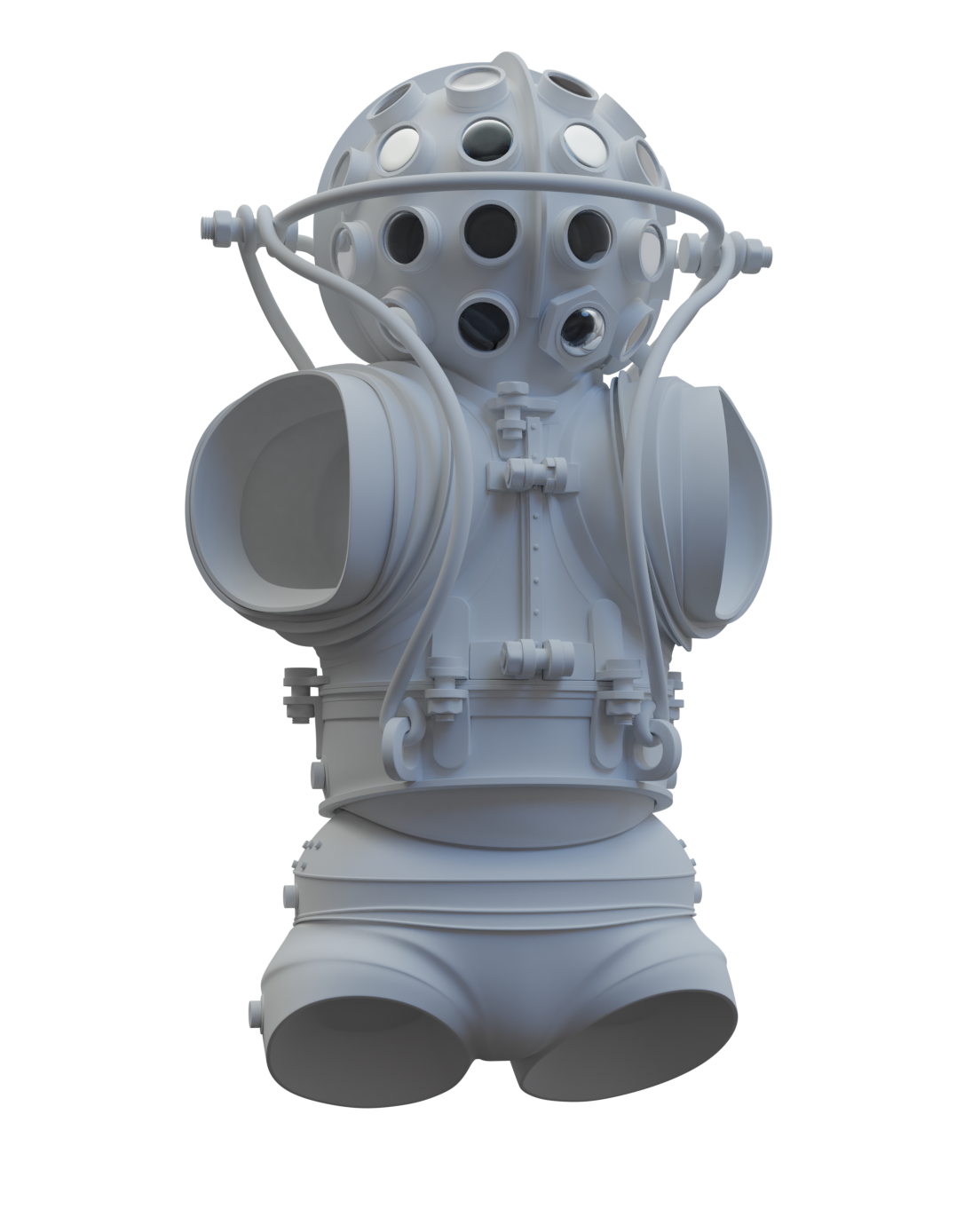Greeting, 3d-world stranger. In this humble place I'll share some of my works, thoughts, hopes and achievements.
Feel free to share your thoughts as well. I really like to read some valuable feedback and critical comments.
Thanks, ![]() blanchsb
blanchsb
That was a lot easier to model than Reitwagen but so much harder to texture. So I kinda balanced it)
Great result ! You are steaming through these projects. Can't wait to see the next one!
Thanks, ![]() frikkr ) But I think I am a bit slow. I try to make a solid bunch but it takes so much time.
frikkr ) But I think I am a bit slow. I try to make a solid bunch but it takes so much time.
I'll try to merge the next one with local courses to make it more convenient and interesting. I've learn a lot thanks to that place so it comes naturally.
Here are these courses:
https://cgcookie.com/course/building-robot-concept-art
https://cgcookie.com/course/modeling-a-robot-game-character-with-blender
https://cgcookie.com/course/modeling-a-post-apocalyptic-vehicle
For my project I need 2 unique characters / Car / Gun / Coin / Bridge
I'll try to use those as a production curve or at least as a checking bar.
Plus I need a script.
I'll post it tomorrow.
Really nice work ![]() michaelmirn you definitely have a talent for making these old machines come to life in 3D. 👍
michaelmirn you definitely have a talent for making these old machines come to life in 3D. 👍
Thanks, ![]() beefkeef
beefkeef
There are more works to come: Atomic bomb, Gatling gun, Telephone, Light bulb, Plane (or Baloon?), Diving suit and Mirror.
I am really aiming to complete that series so take your pick.
Step 2: Robot 1. I gave it a name: Buddy Twinkle. And it has a dream that fits the script.
Here is how it goes;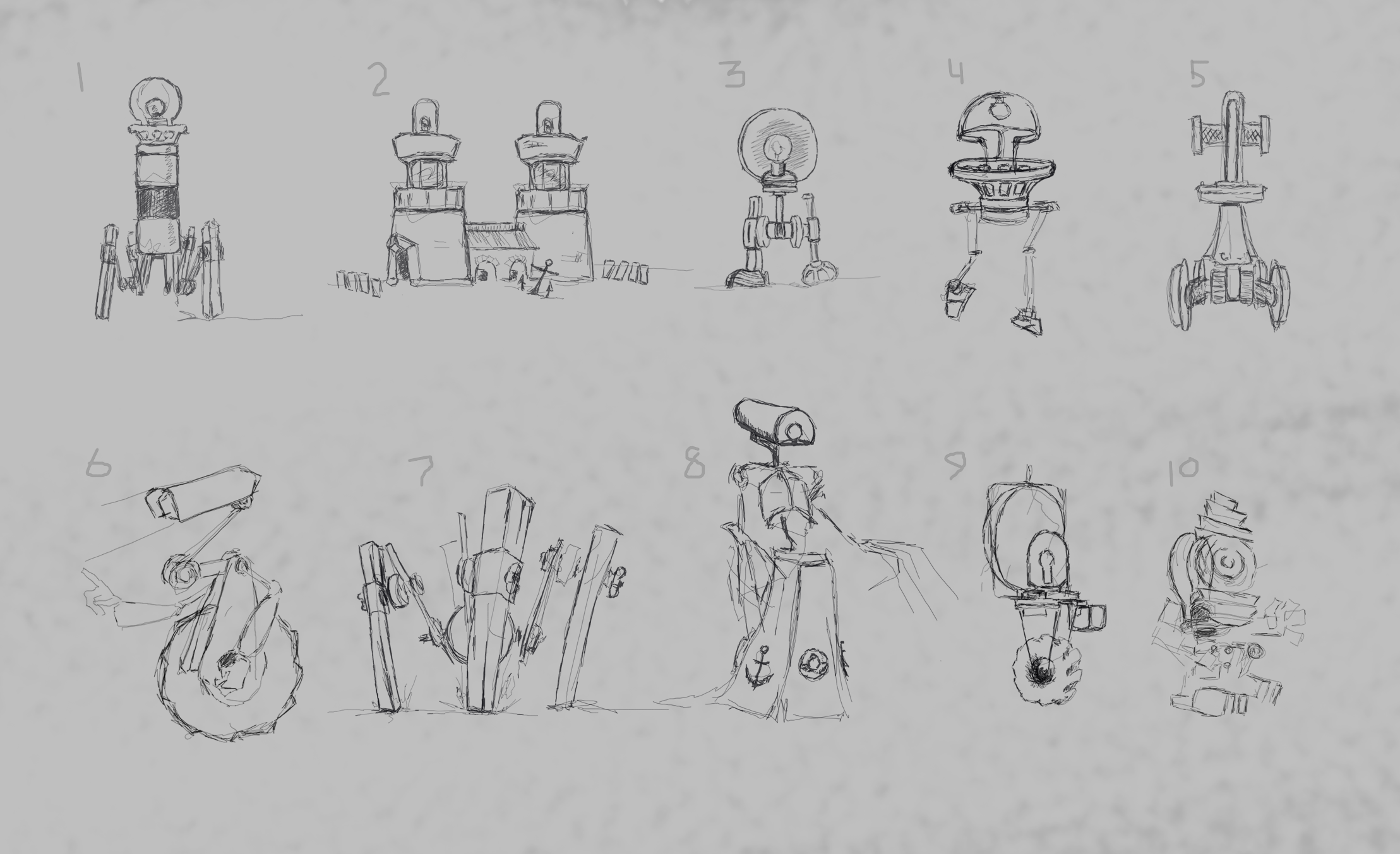
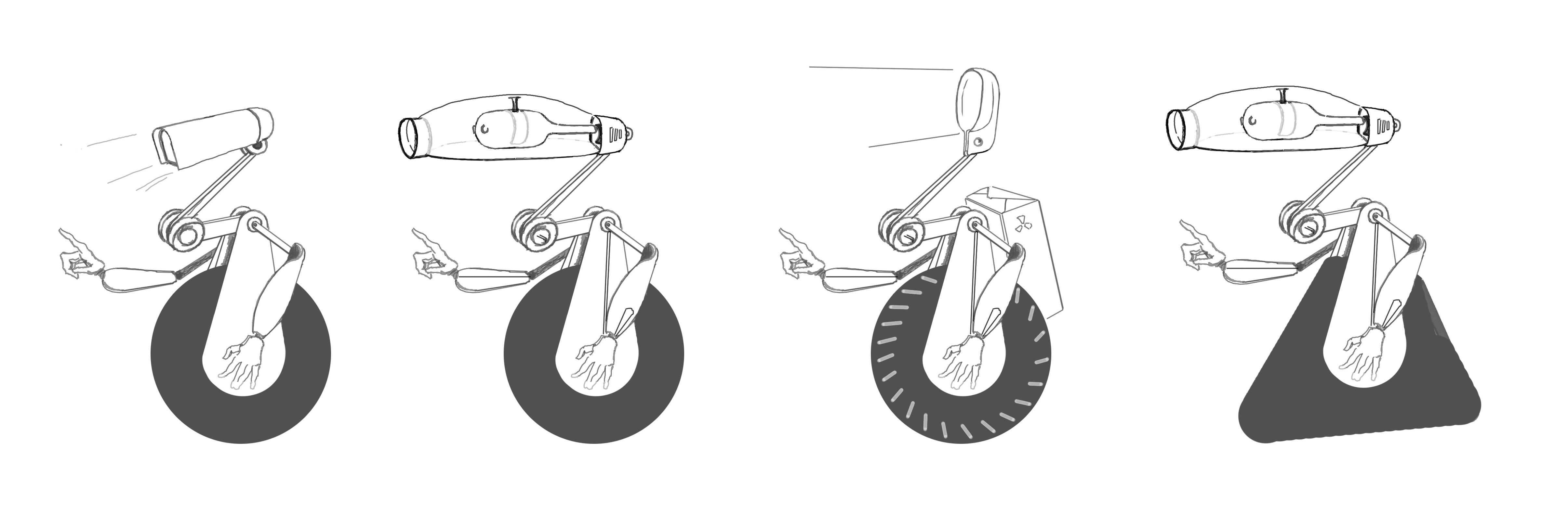
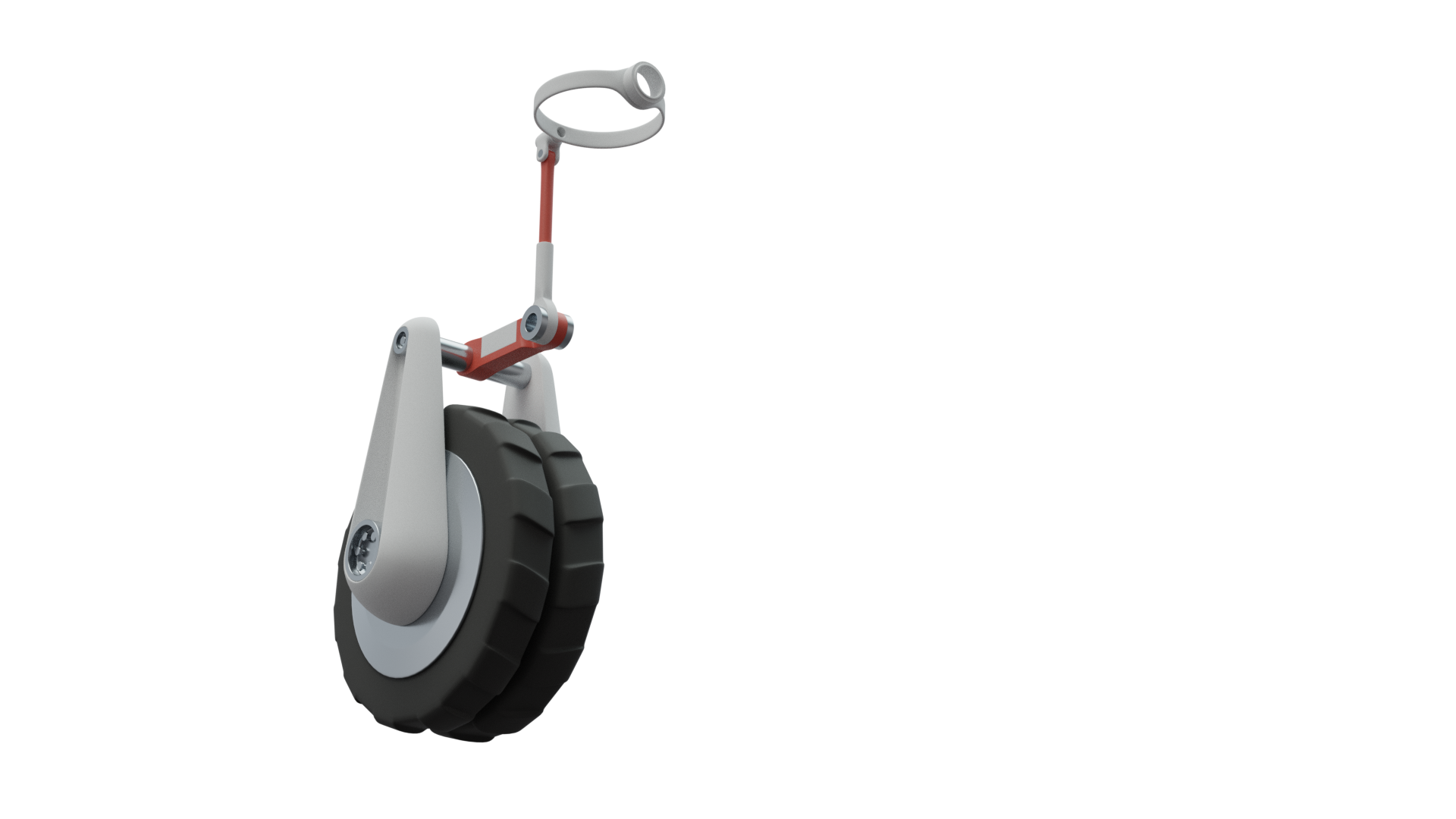
That project is a long WIP to run)
Step 2:
The Buddy Twinkle. A robot that wishes to be a real lighthouse but its lamp is not strong enough.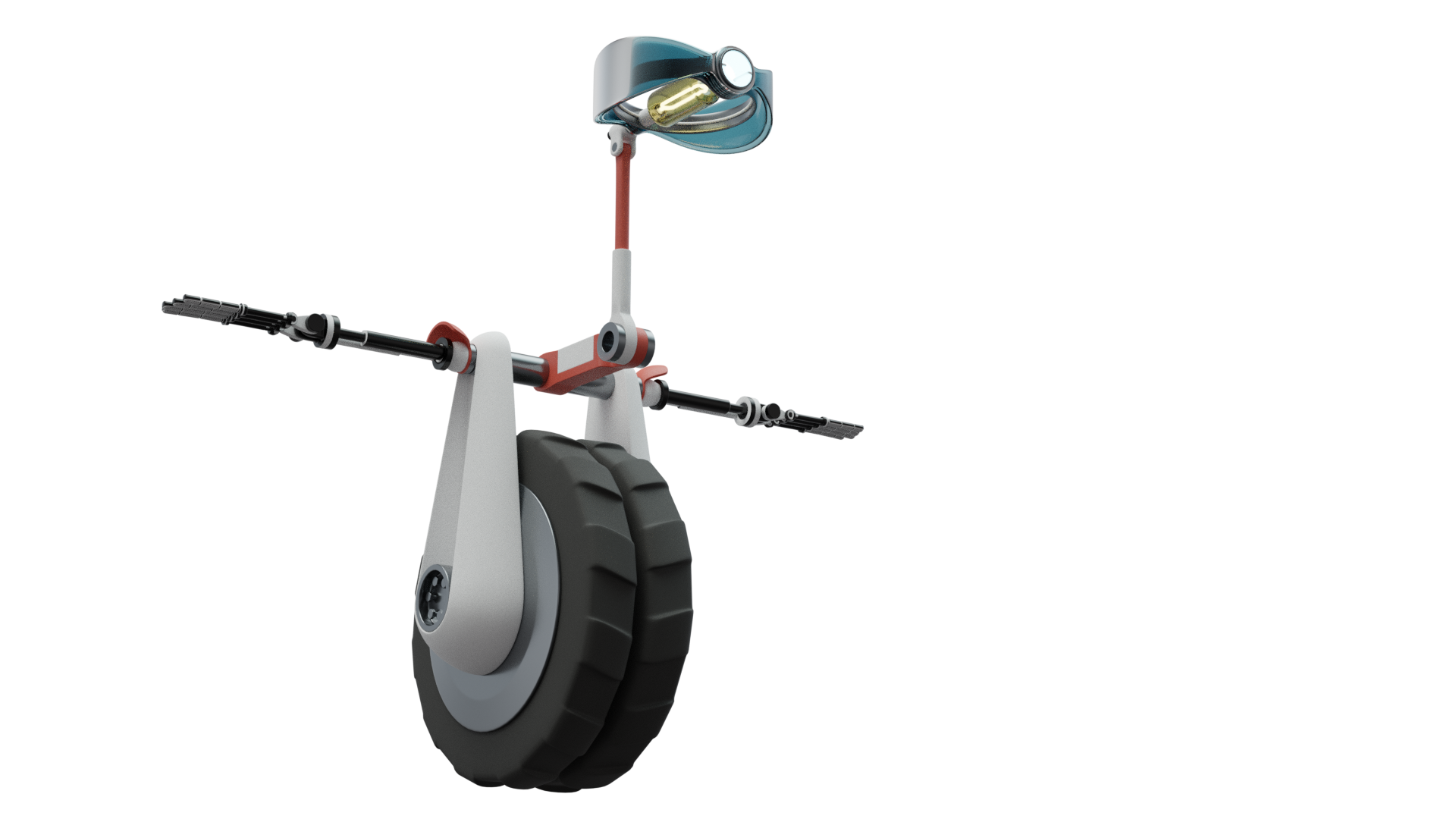
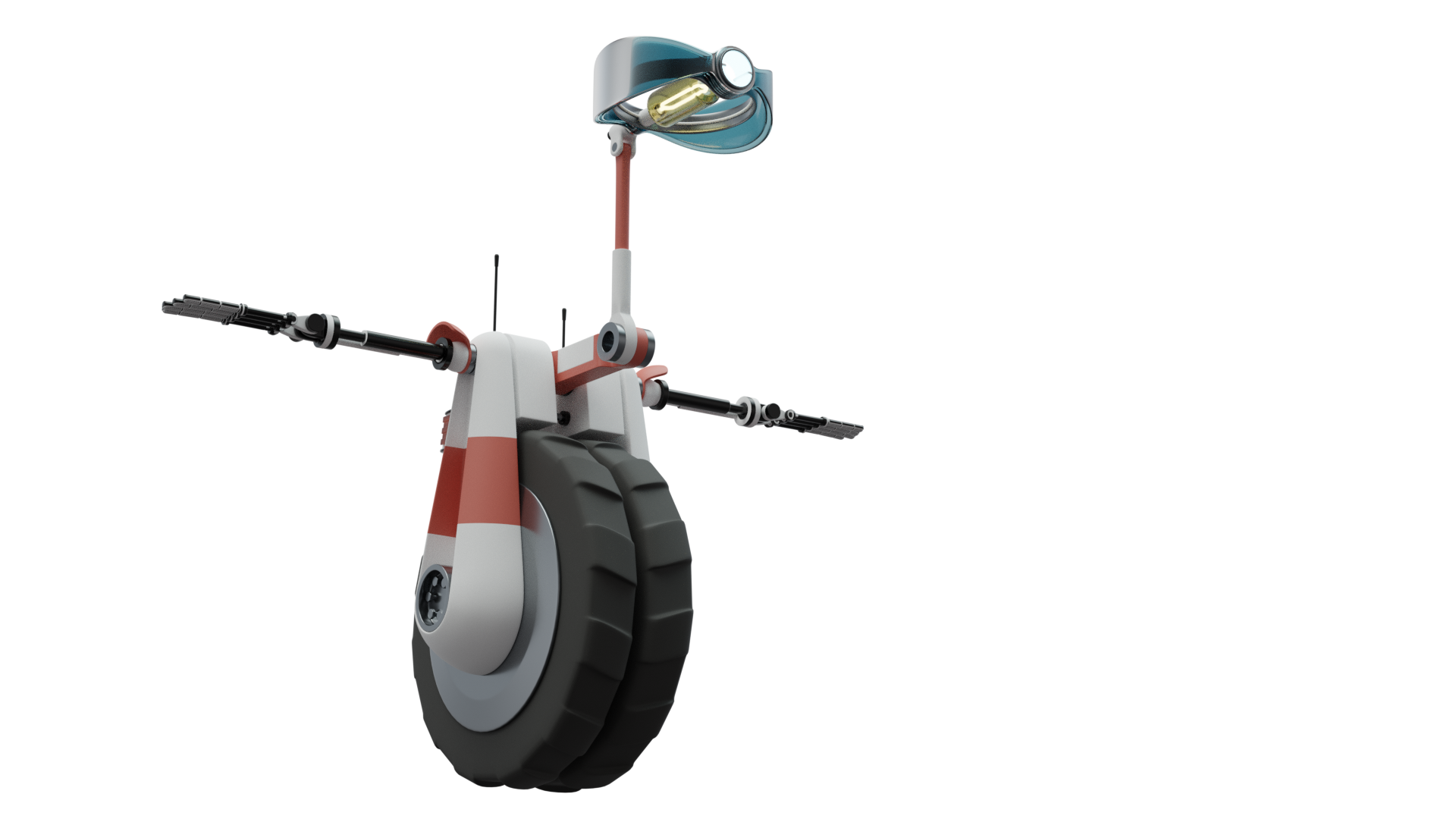
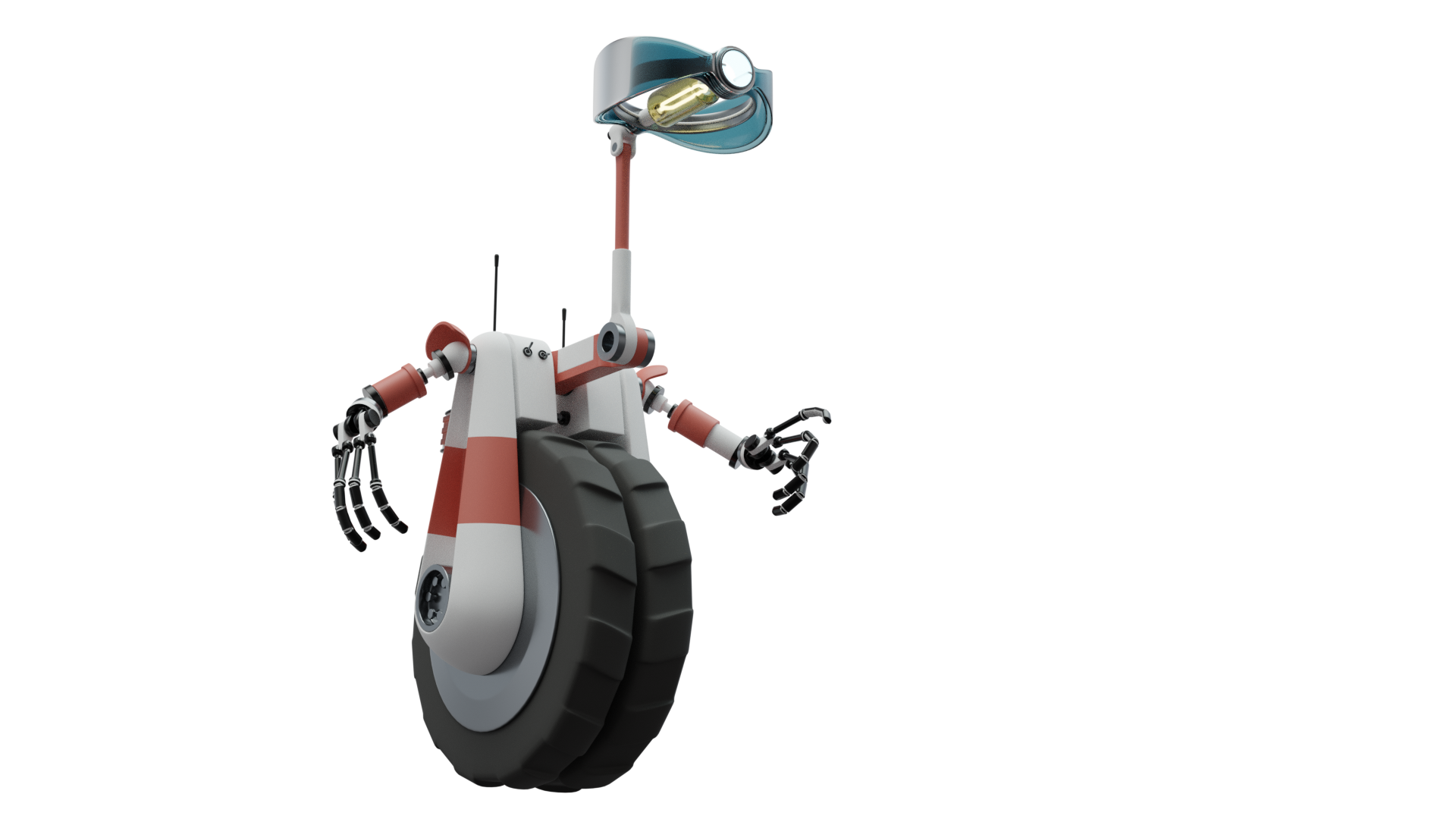
Not textured yet.
I think I'll mix that animation with other projects. It is just too big for me now. So I'll take a break and model an atomic bomb) just to cool off.
Step 4: 
Trying to catch that atmosphere. Still a lot of work ahead (like 95%).
The Little Boy.
Step 1: It looks pretty harmless so far. Something like a fancy flashlight. 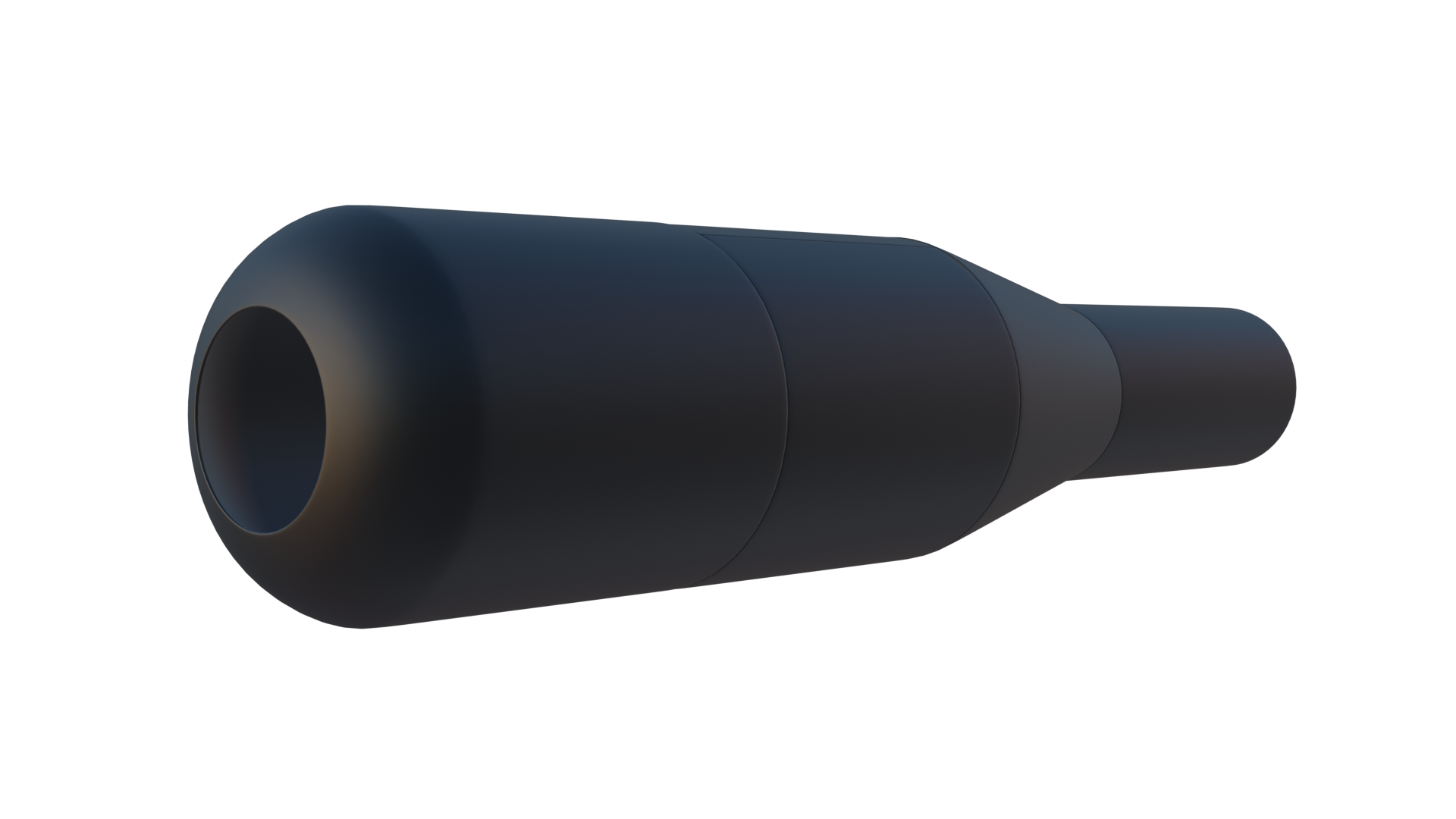
Step 2: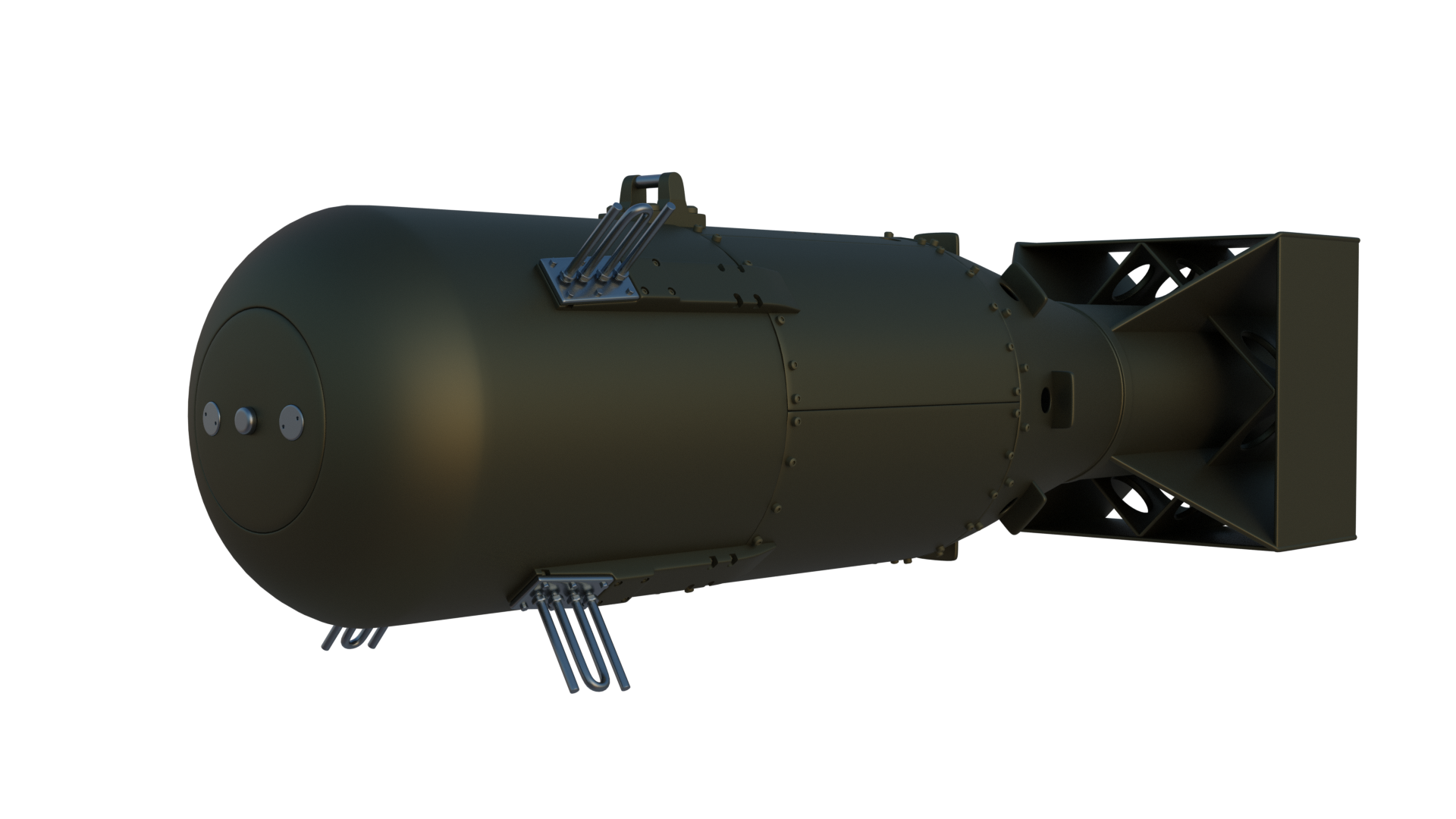
Exterior is almost done. Thinking about inner part.
Step 3: And it is done.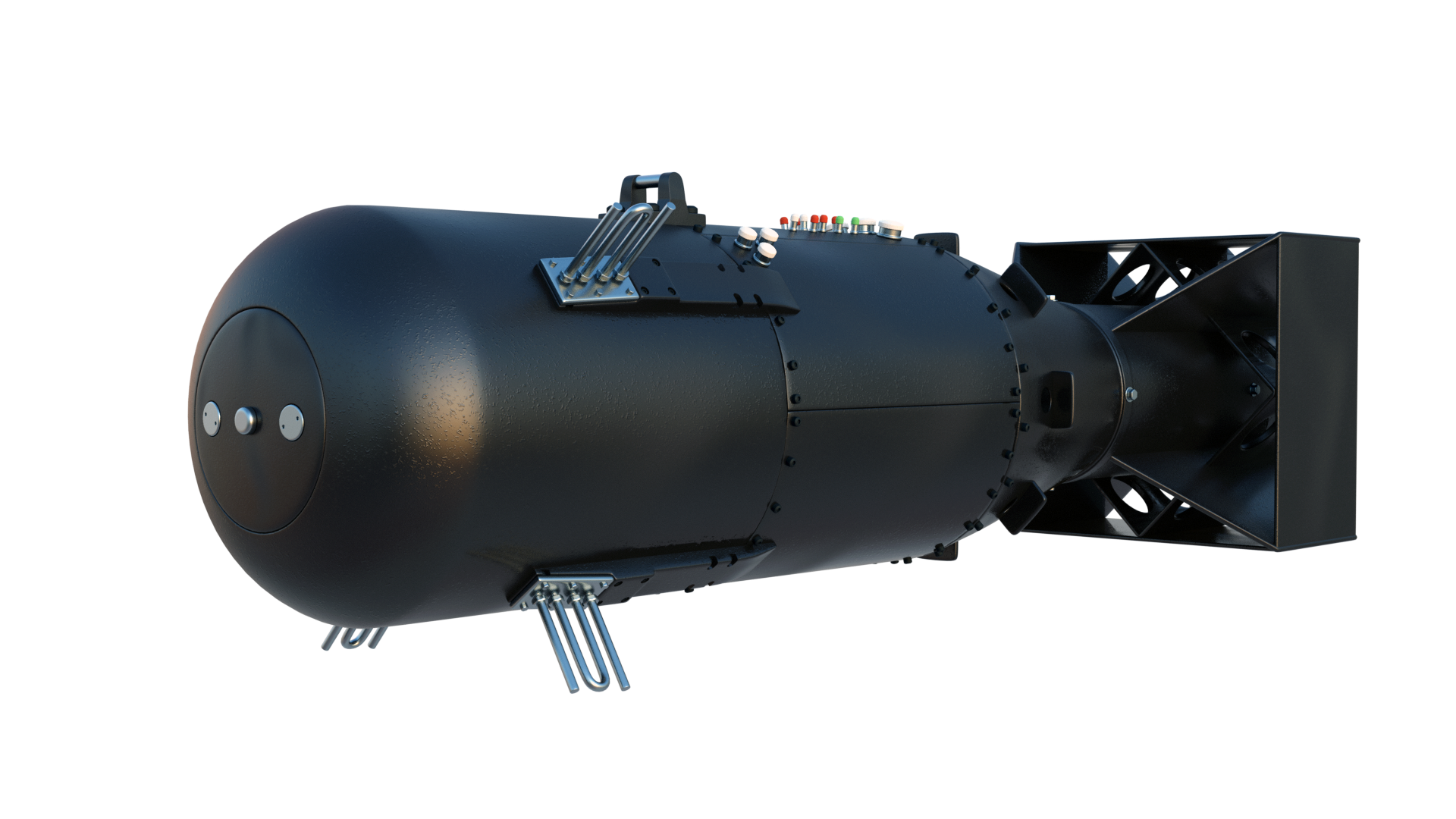

The next project:
If I'd find some back shots ofc)
Gonna put it underwater too.
Hola, friends.
Let's get this book going . Plus I've got something to show up.
Camera: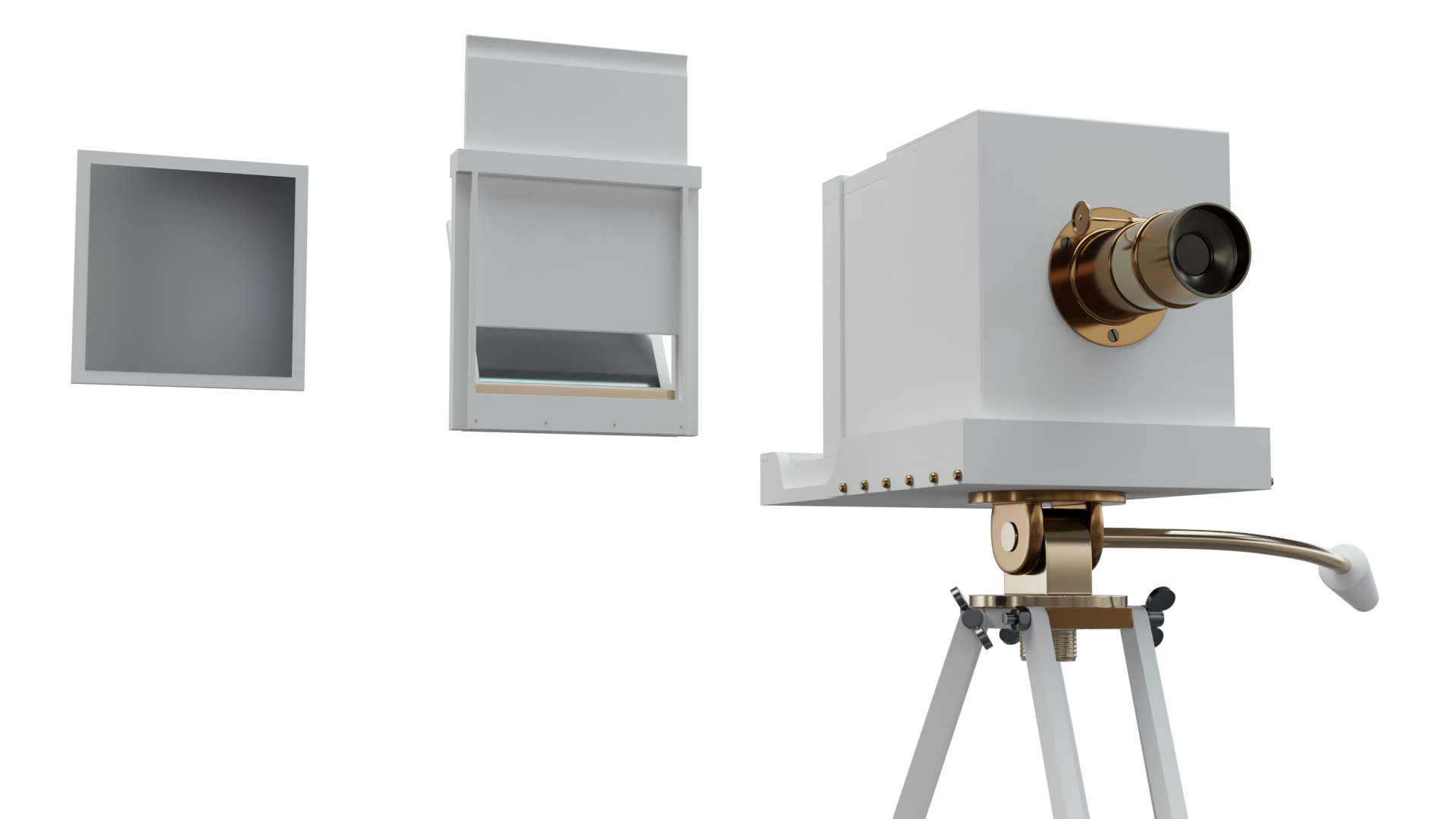
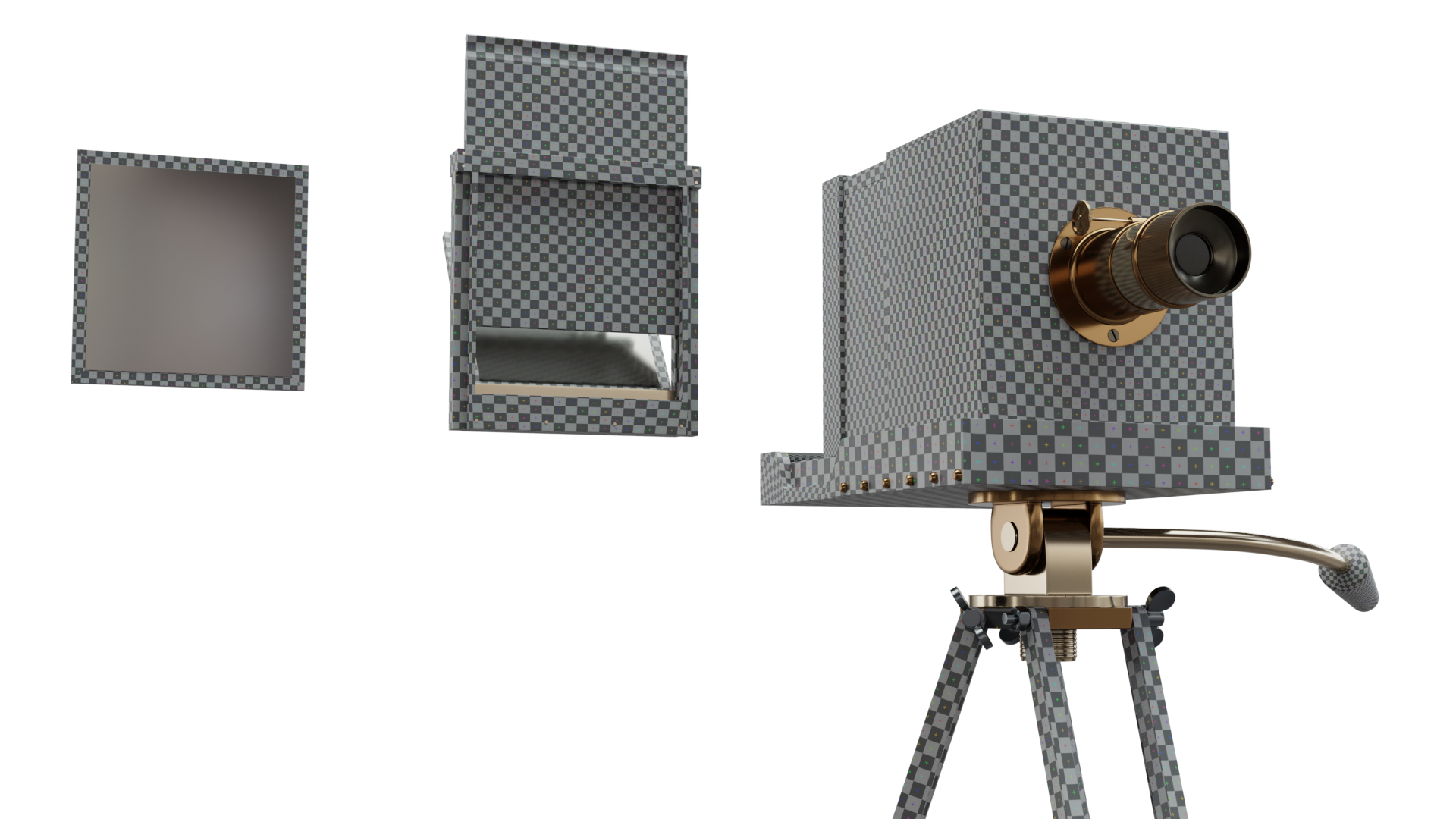
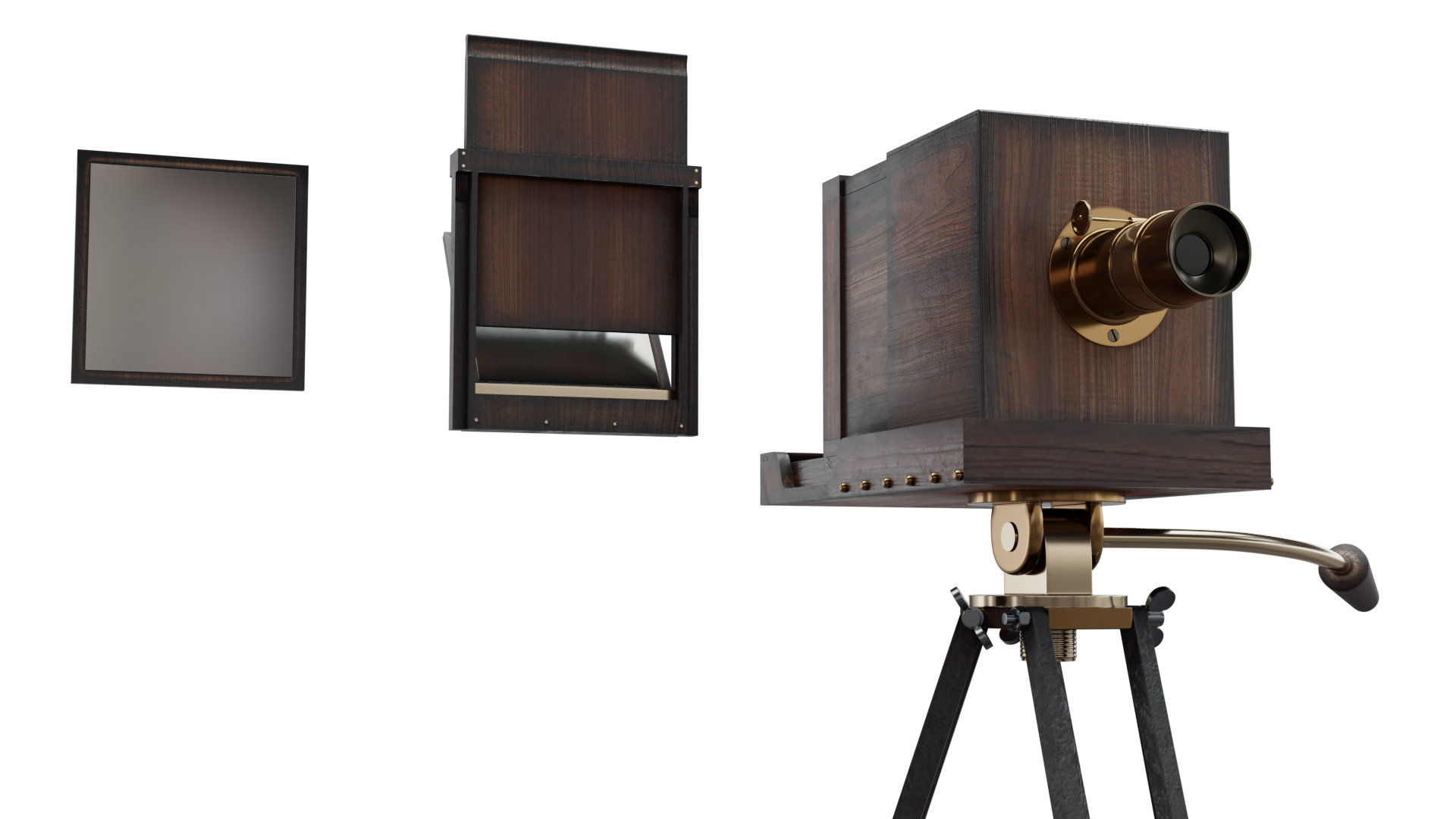
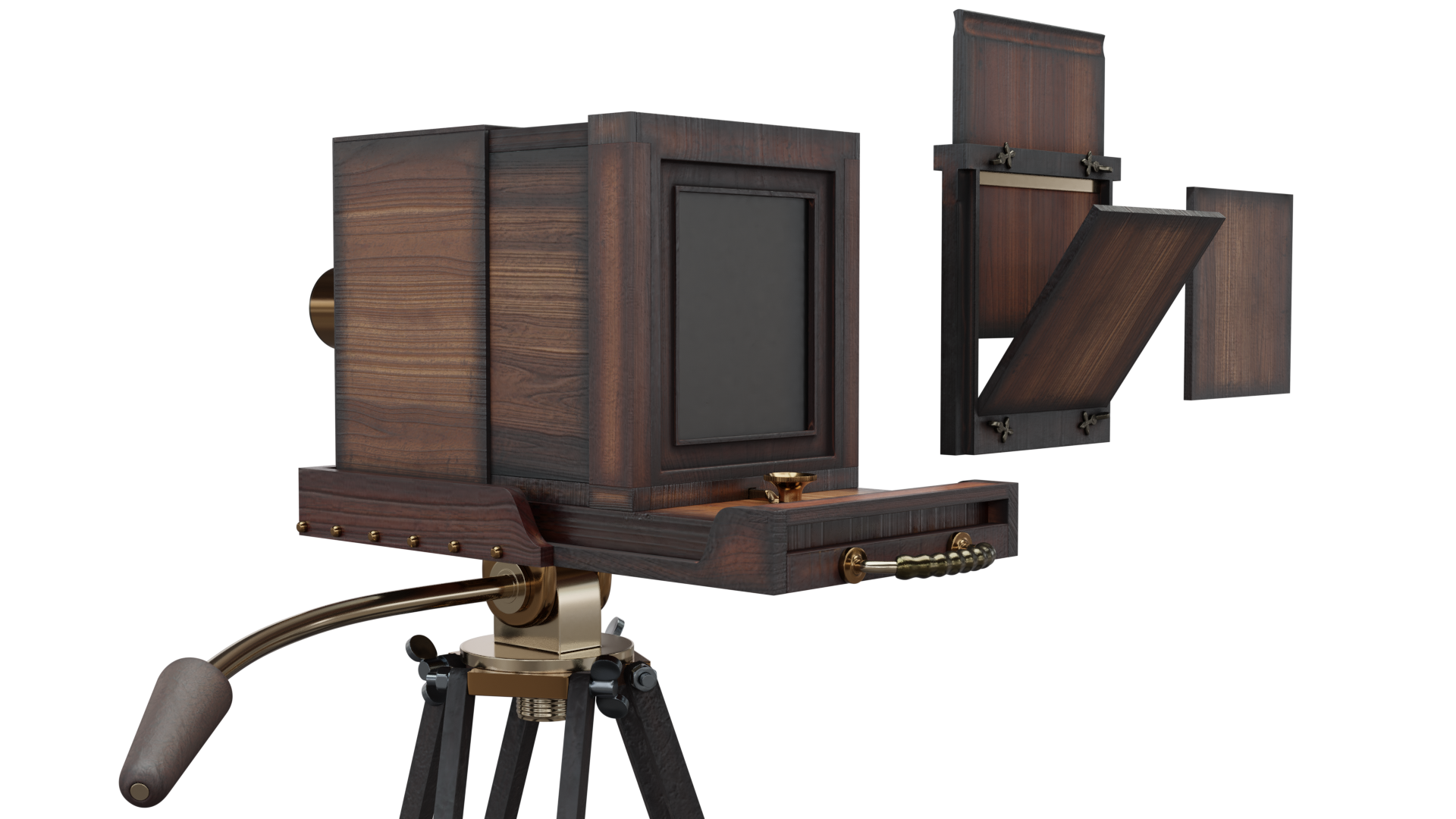
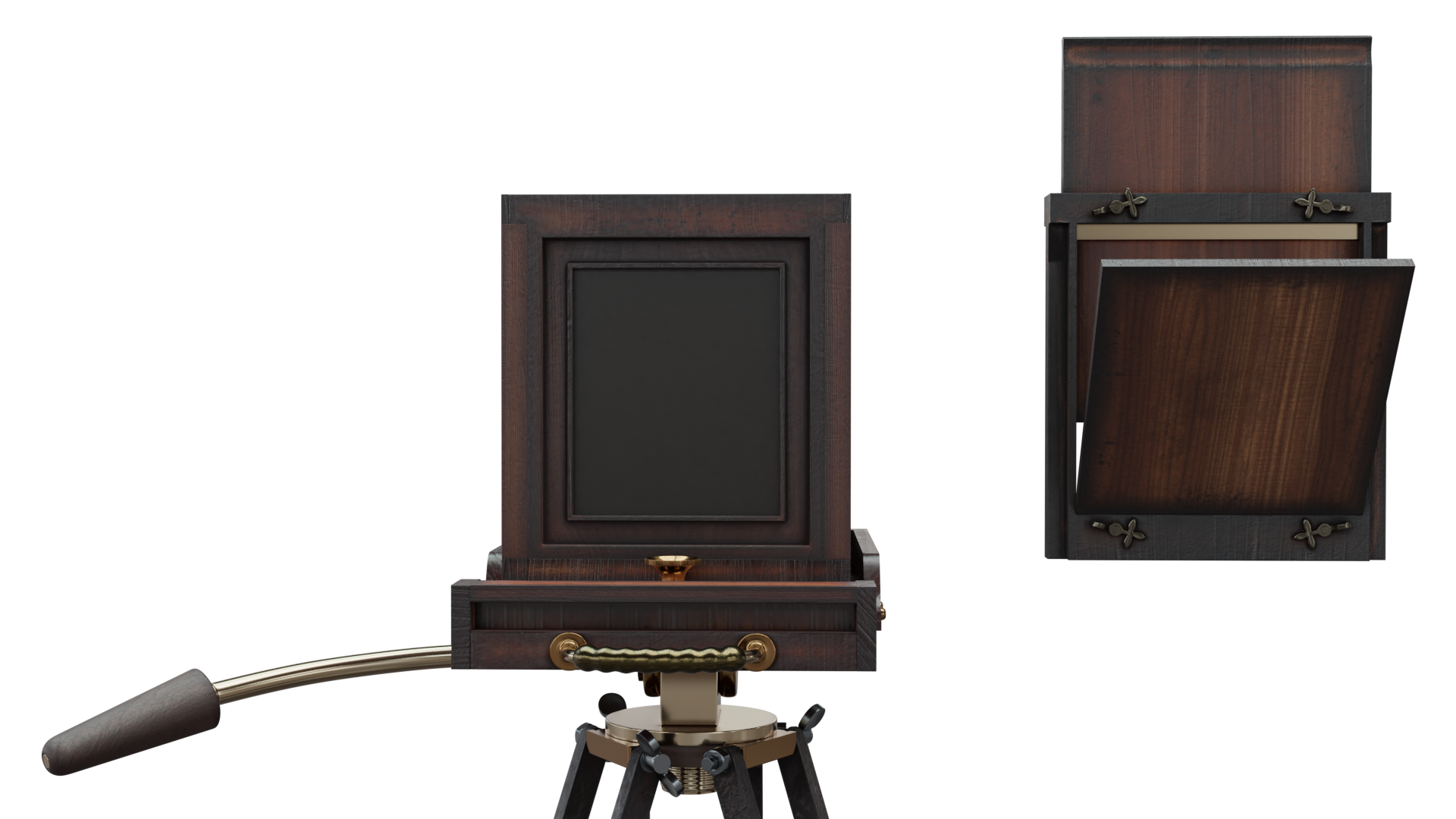
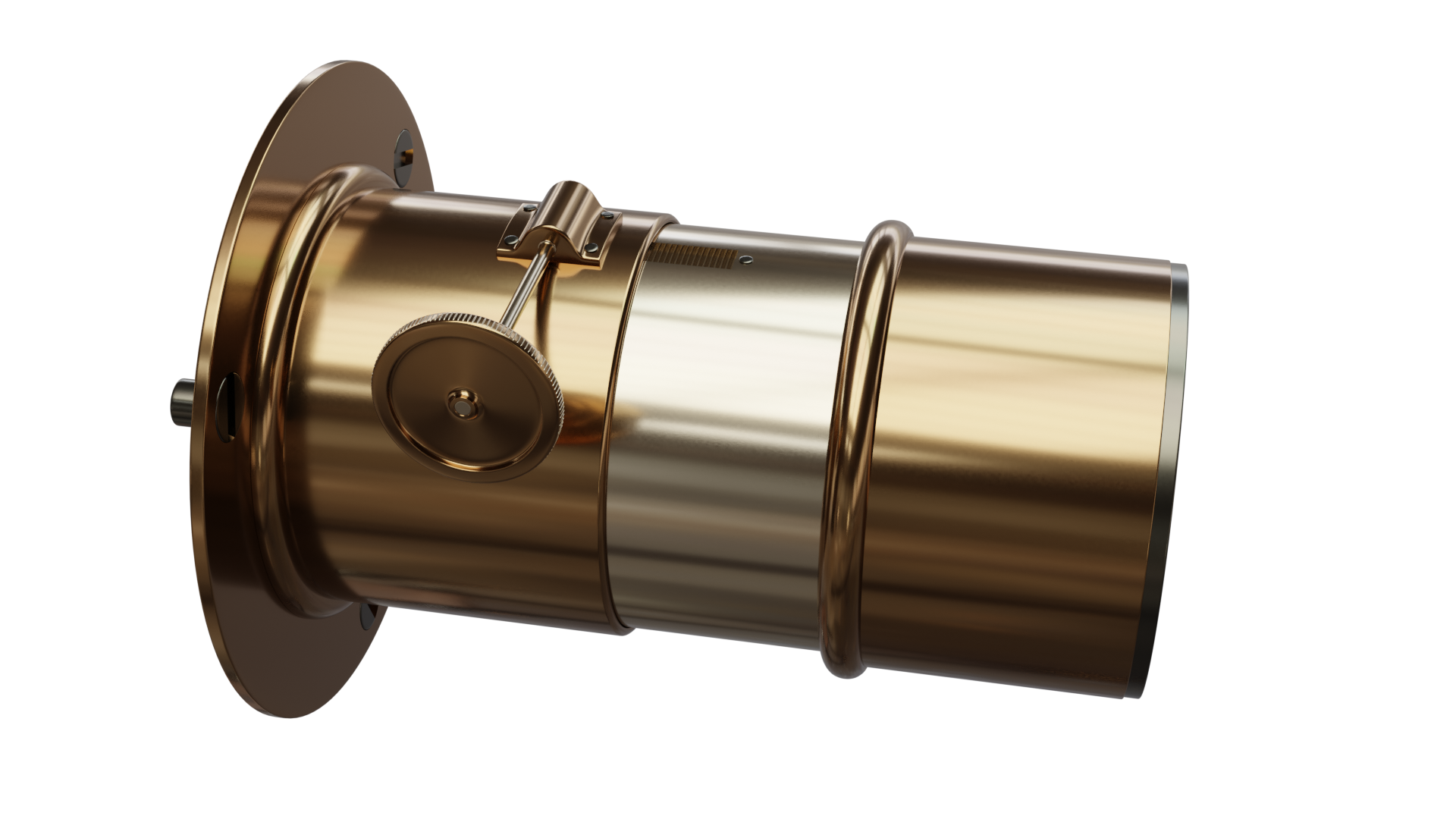
And a little bit of the story:
Joseph Nicephore Niepce was born in 1765 in Burgundy, France. Together with his older brother, Claude, Joseph was actively engaged in invention, for more than twenty years trying to create a prototype of an internal combustion engine, the so-called "pyreolophor" — "driven by a fiery wind".
The brothers used a mixture of asphalt and oil as fuel. In 1816, Claude made an attempt to commercialize the engine and went to Paris, and Joseph continued experiments with the fuel mixture, gradually becoming interested in the properties of asphalt, which later will help to realize the long-standing idea of the brothers-fixing images of remote objects.
For several years, Niepce worked with a pinhole camera and a primitive lens derived from a microscope lens. The result of the experiments were six negatives, which Joseph sent to his older brother in Paris. The quality of the images needed to be improved, and Nicephore began to look for the composition of a substance that could react to light.
In 1821, Niepce studied the properties of Syrian asphalt because of its light sensitivity. To obtain the image Joseph mixed asphalt with lavender oil and treated the surface of the copper plate with the mixture. After 8 hours of exposure under bright sunlight, an image appeared on the plate. Niepce called the process "heliography", that is "solar writing".
In 1822, Niepce announced the receipt of the first images, this date can be called the year of the first photo. However, the lack of commercial success of Claude, who never received an order for the production of "pyreolophor" threatened to stop further research.
In the same year, Louis Jacques Daguerre, the decorator of the Paris Opera, presented a new diorama to Parisians. The diorama covered a translucent screen 12 by 20 meters. With the help of mirrors and a complex system of lanterns, the image evoked the illusion of a dynamic picture in the viewer.
Daguerre dreamed of the possibility to capture and fix the image. The passion was so strong that a workshop was opened in the diorama room. Louis eagerly began to work, having become acquainted in the course of experiments with many of the outstanding opticians of his time. So Daguerre learned about the successful experiments of Joseph Niepce.
Daguerre sent Niepce a letter that raised concerns in Niepce about Daguerre's motives. Having spent his entire fortune, Nicephore suspected Daguerre greed. However, circumstances forced Niepce to go to Paris — the older brother Claude went mentally ill, and the funds for the experiments were scarce.
In such circumstances, a meeting between Joseph Niepce and Jacques Daguerre took place.
Niepce introduced Daguerre to the results of the "heliography" and was encouraged by the acquaintance. He made another attempt to raise funds for further independent research and went to London — but without success. Then Niepce returned to France and continued to improve the method of light writing, armed with a new set of lenses and replacing the old copper and tin plates with silver ones. The experiments were successful, but a series of financial failures finally deprived Niepce of his livelihood.
On December 14, 1829, Joseph Niepce offered Daguerre a contract. The partners signed the contract for a period of ten years. According to the agreement, the association "Niepce and Daguerre" was formed with an equal distribution of profits and an equity participation of each of the founders. From Niepce, the technical developments obtained during the research activity were taken. Daguerre's share consisted of "a new camera obscura system, and talents and labors equal to the other half of the above-mentioned profits."
Despite the obvious absence of any camera obscura, Daguerre, however, really had talents that were not available to Niepce. In addition to financial support, Daguerre had secular connections, which later greatly helped in the spread of the daguerreotype.
It is "daguerreotypes" — the name "heliography" was not mentioned in the contract. At the same time, the contract used a brief description of the shooting process itself, mentioning silver plates and iodine, which is necessary for blackening the metal.
After signing the contract, the partners continued to improve the photographic process.
On July 5, 1833, Joseph Niepce died.
After another five years, Daguerre completed the creation of the technology, which he gave his own name.
Daguerre's work on improving "heliography" included the use of silver iodide in the exposure of the plate, the treatment of the plate with mercury vapor, fixing the developed image with a solution of table salt.
The process was extremely difficult for mass use. Getting a photographic image looked like this:
a) First, it was necessary to make a photographic plate. They started with copper and tin plates, then used silver ones. To reduce the cost of production, the silver plate was either soldered to a sheet of copper and repeatedly rolled, or the silver layer was obtained by electroplating.
b) Then the sheet was polished to a mirror shine. The better the polishing of the plate — the better the image was obtained.
c) The metal was treated with iodine (later bromine) vapors. The prepared plate was placed in a light-tight cassette.
d) The photographer selected the subject and focused using a second cassette with a "viewfinder" - a ghostly window on which the image was focused.
e) the" viewfinder " was removed, a cassette with a plate was put in its place, the sash was lifted, the cover was removed from the lens and the plate was exposed for the required time.
f) Next, the plate was treated with mercury vapor in a dark room or "red room".
g) The developed daguerreotype was coated with gold chloride to protect it from damage, the resulting image was inserted into a frame and covered with hermetic glass to protect it from damage and contact with air.
The considerable cost of the daguerreotype was added to the difficulties of shooting. The cost of a copy started from 25 gold francs.
To promote the new phenomenon, Daguerre invited a delegation of scientists to the photo lab. The official visit was an excellent advertisement — among the guests was Daguerre's long-time friend, the rector of the Paris Observatory and the secretary of the Paris Academy of Sciences, the physicist Dominique-Francois Arago. After his visit to Daguerre, on January 7, 1939, Arago spoke at a meeting of the Academy and read a report on the discovery of Daguerre. News of the event hit the press and spread throughout France. Life changed in an instant.
Daguerre was elected a member of the Royal Society of England, the academies and scientific communities of Vienna, New York, Munich, and Edinburgh. King Louis-Philippe of France awarded Daguerre the title of officer of the Legion of Honor.
As for the money, even before the public recognition of the daguerreotype, king Louis-Philippe appointed Daguerre and Isidore Niepce lifetime pensions in exchange for the right to use the daguerreotype. Having acquired the rights to the photographic process, Louis-Philippe "gave it to humanity", i.e. allowed free and universal use of the technology to everyone.
France, and then the whole world, was covered by a wave of "daguerreotype mania". The first cameras appeared (produced by Alphonse Giraud, a relative of Daguerre). Photo exhibitions were held in various countries: in London, New York, and at the end of the year — in South America.
Photography became a reliable chronicler of human life, and later-a constant companion of man.
And the next one is:
The first atmospheric diving suit built by Carmagnolle brothers in 1882.
Getting started: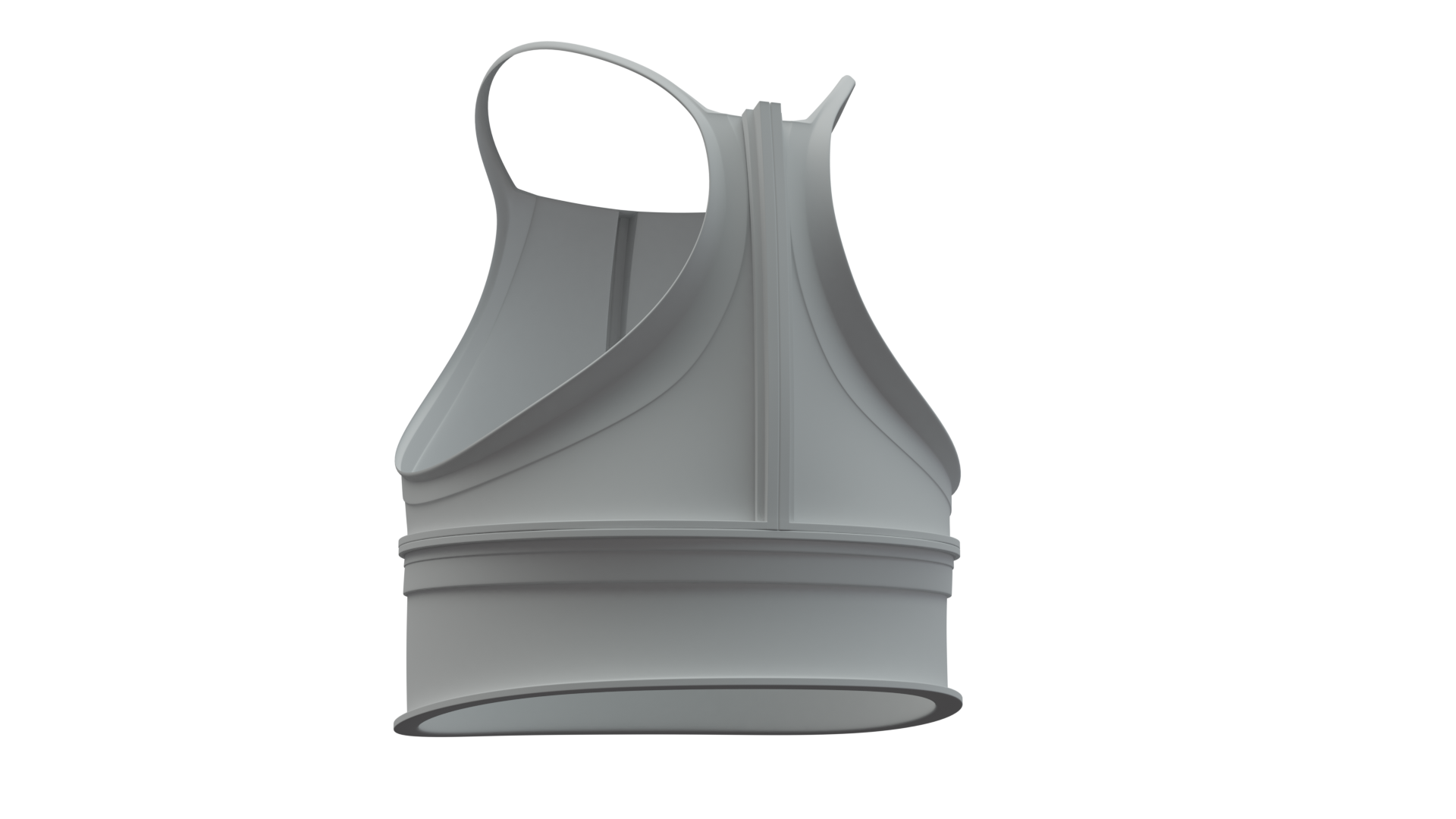
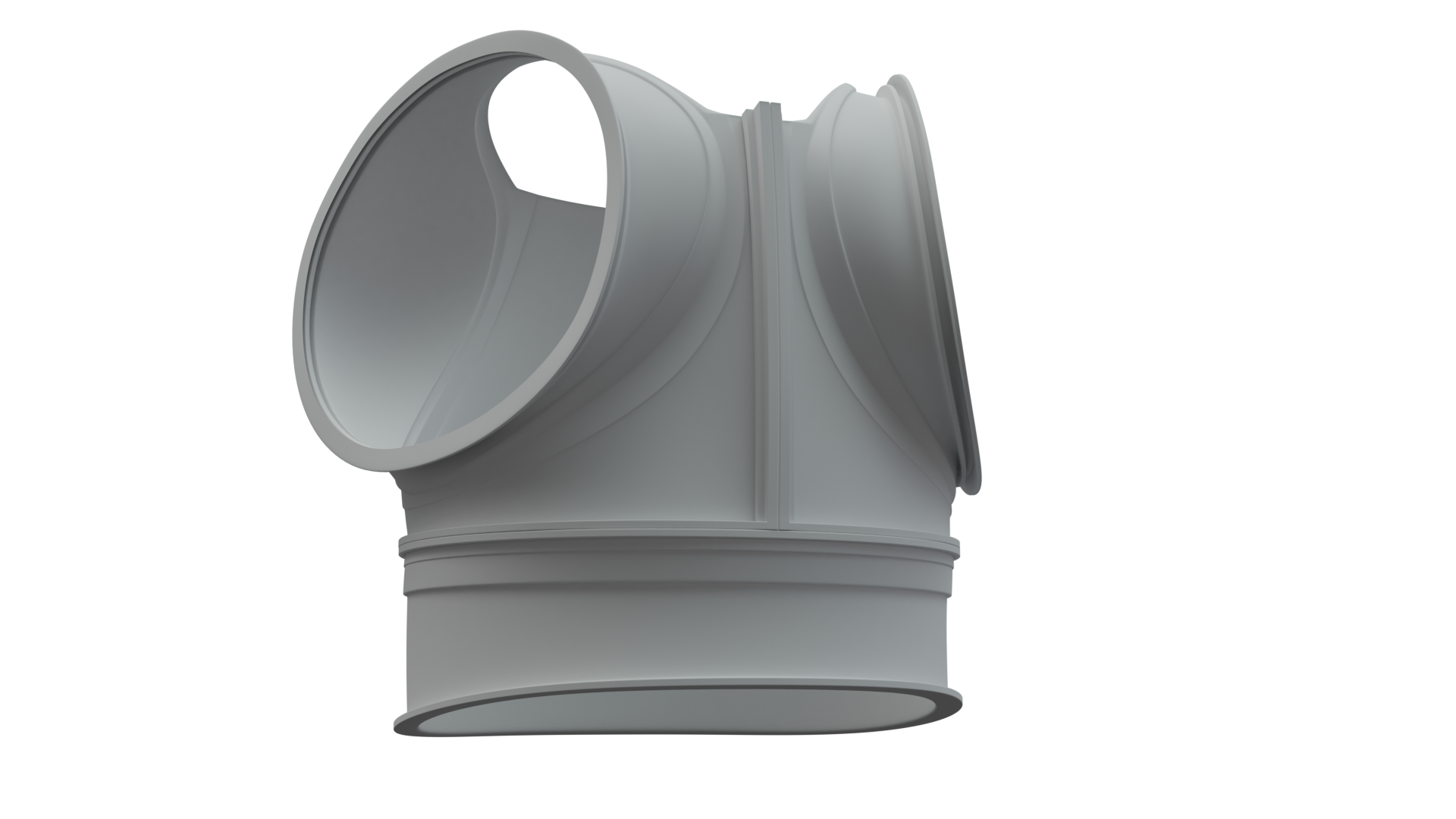
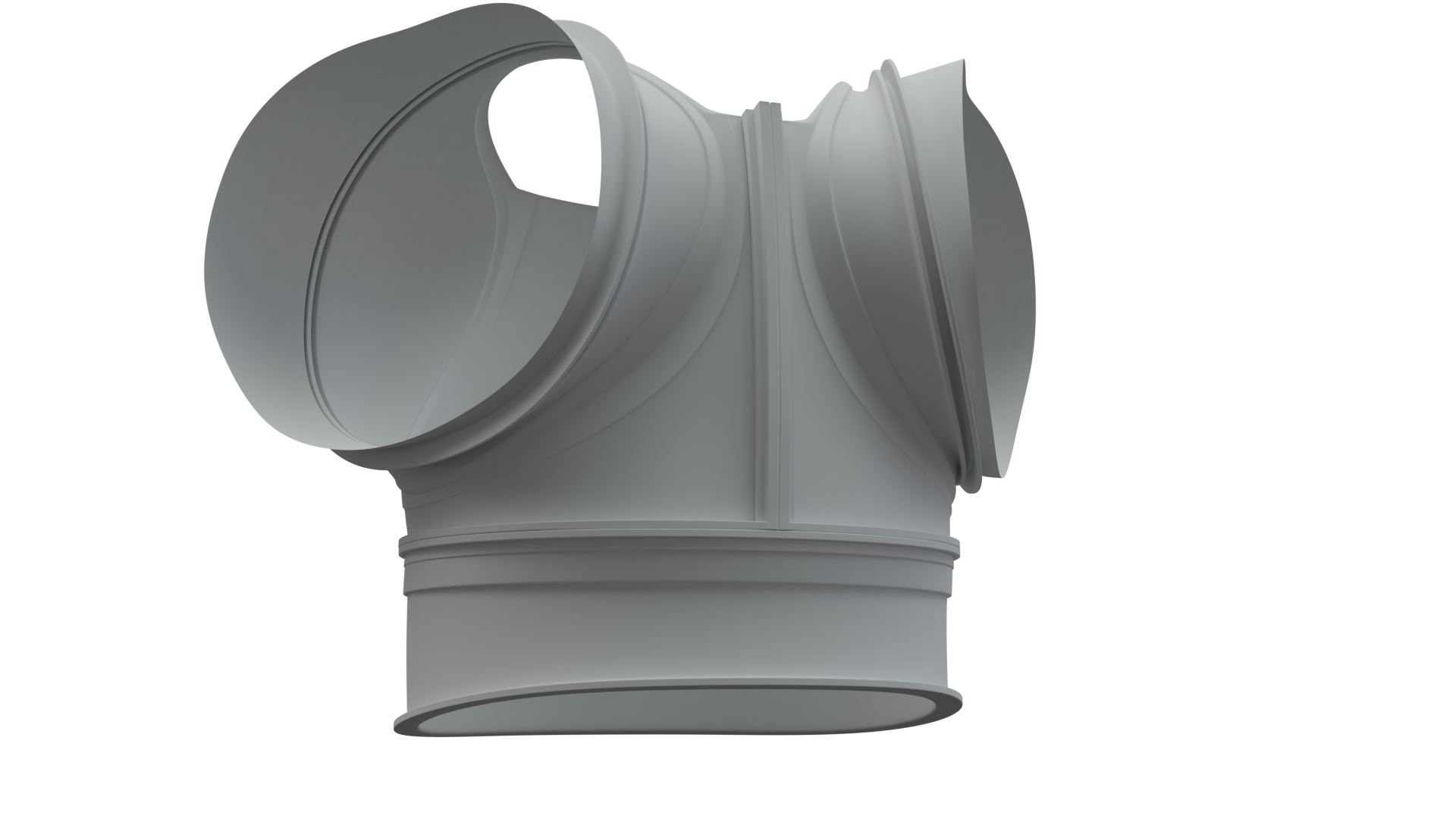
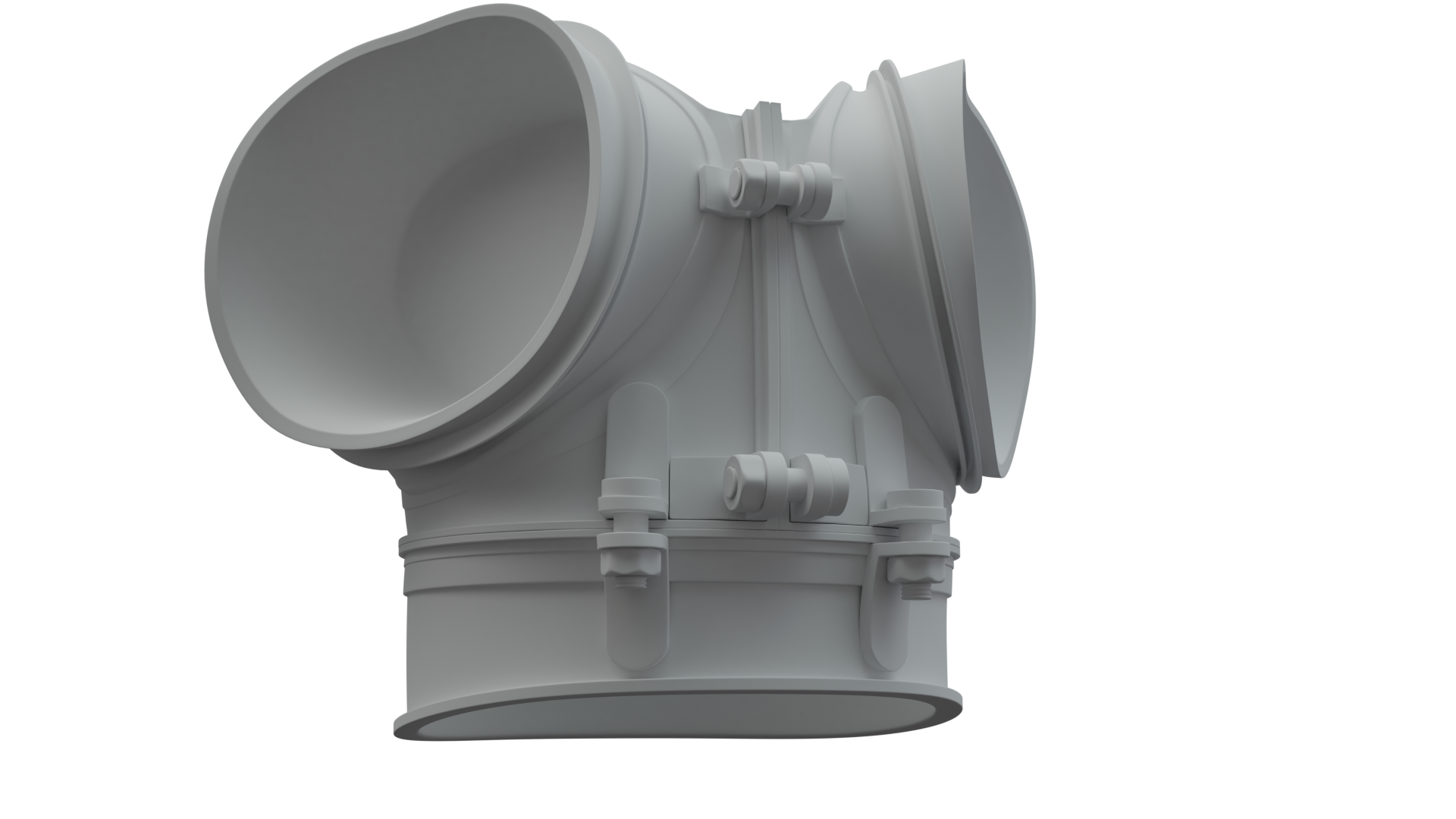
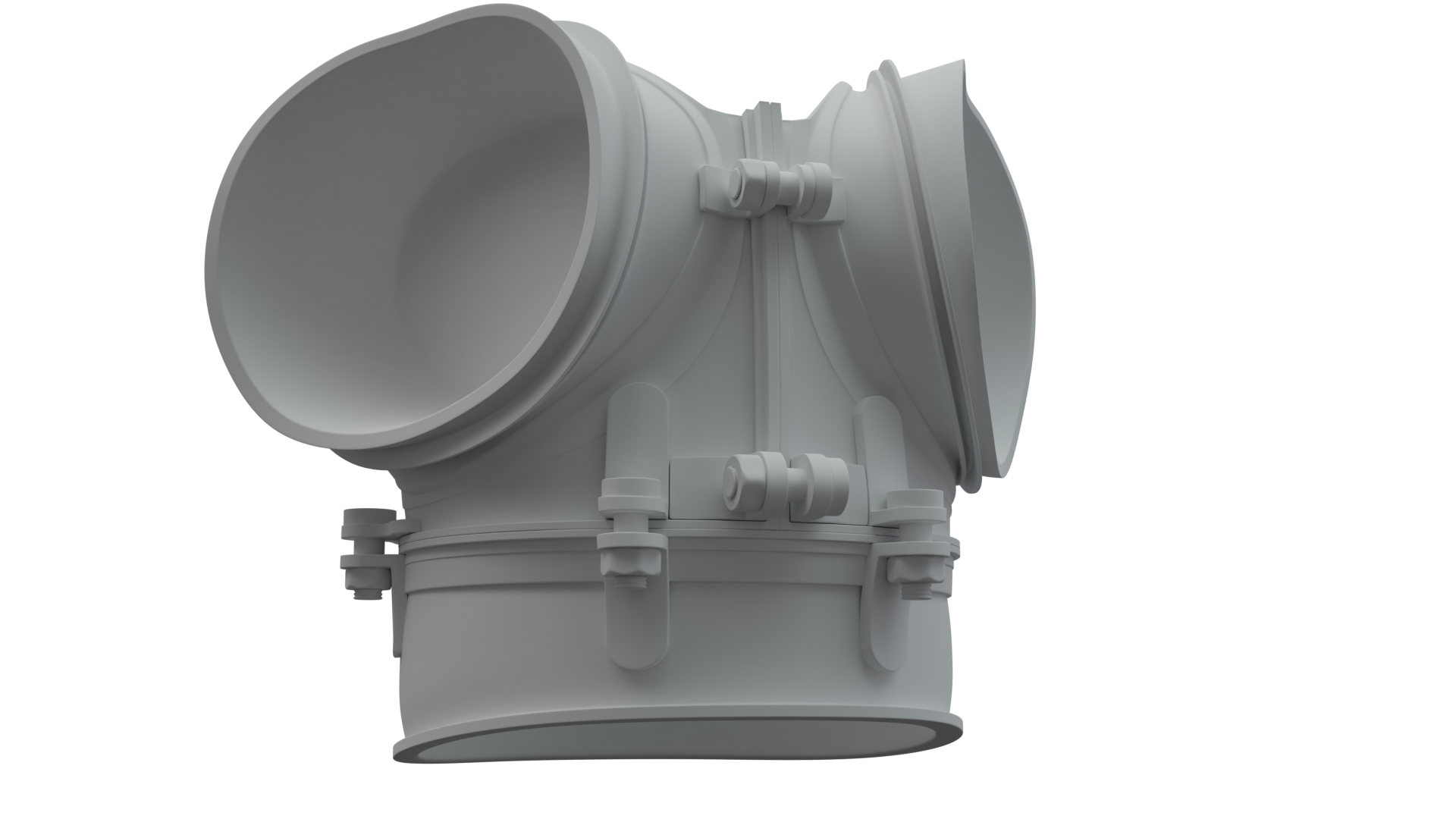
Deep in WIP.
I really enjoy that model. Plus I'll have to texture it and put it in the water) Gonna be awesome.
Chest piece is done:
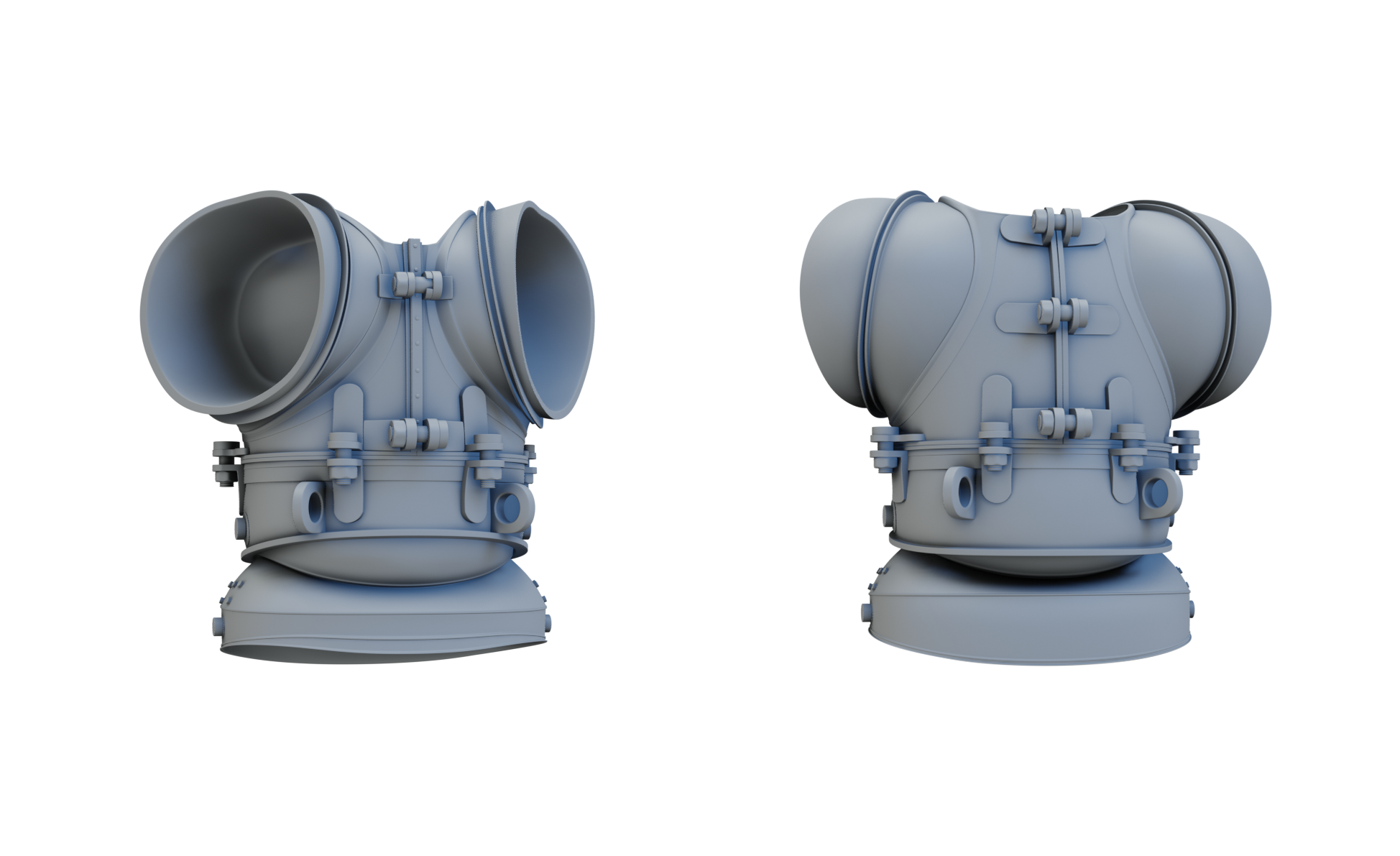
Gonna do its legs next. Too bad it is not an actual historical diving suit (as I assume). It is just a newly made counterfeit for the exposition. Is that so?
Anyway, step 3: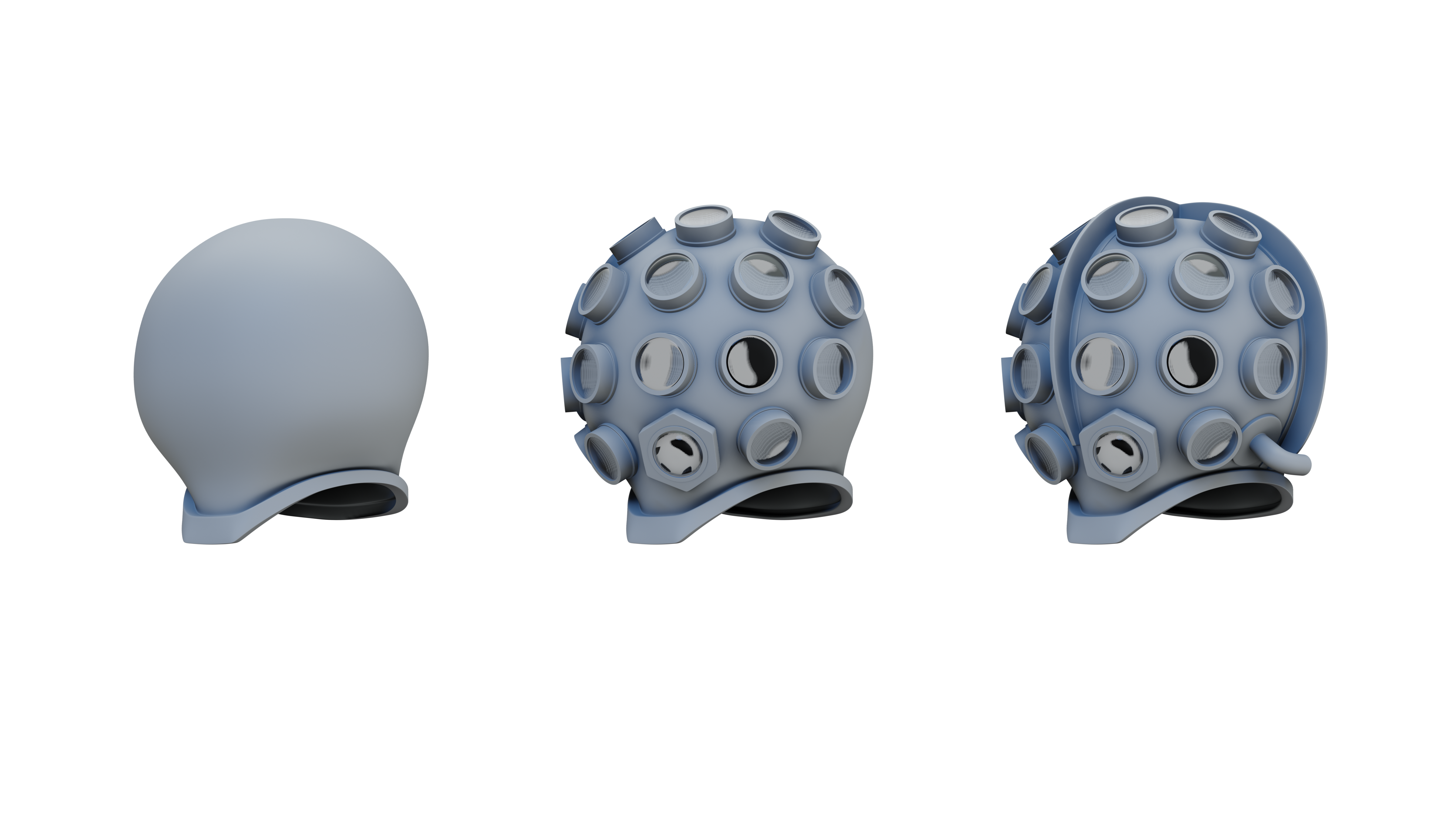
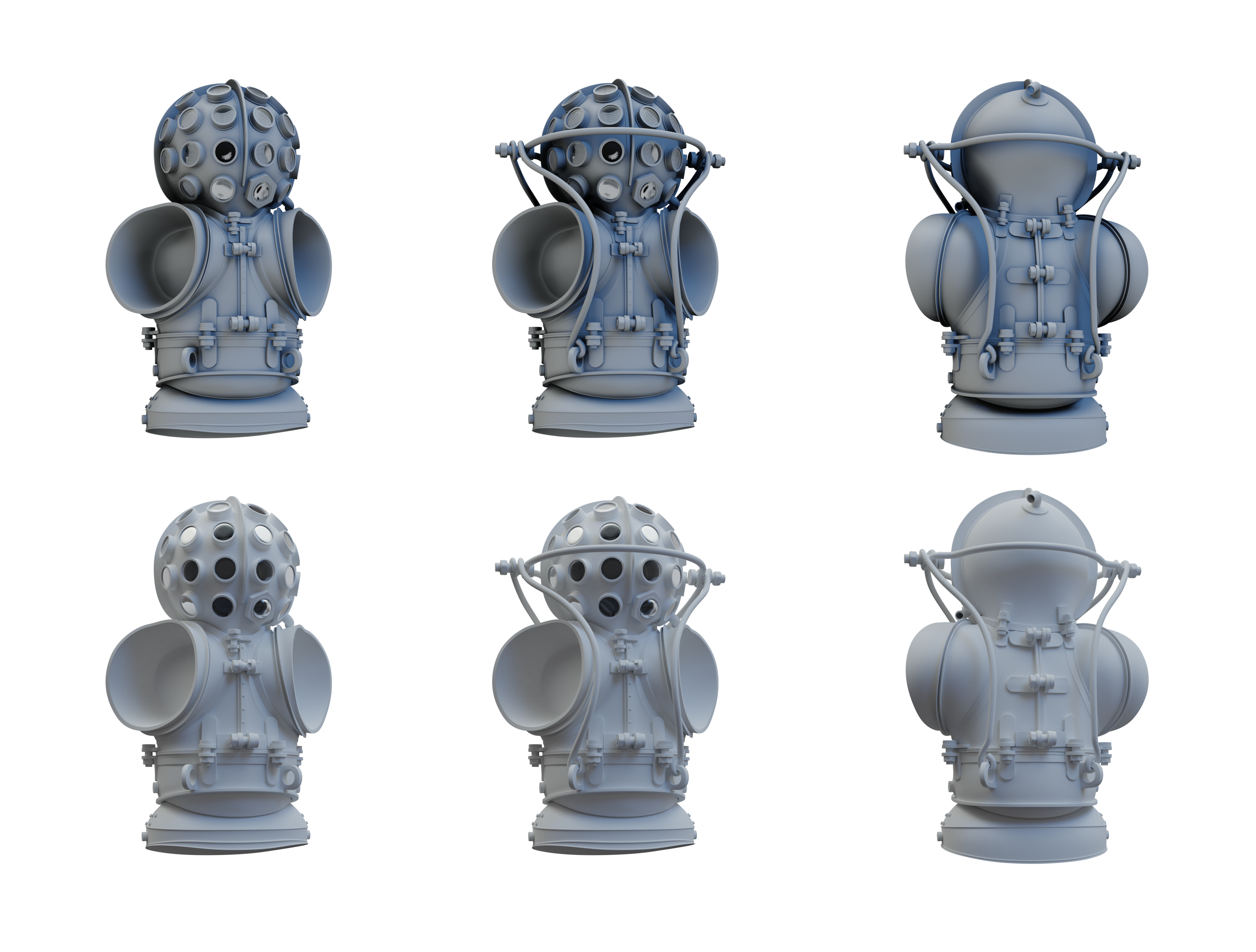
Thanks, ![]() beefkeef! That suit is such a great hard surface subject for sure. Loving it.
beefkeef! That suit is such a great hard surface subject for sure. Loving it.
Here is how the original looks like: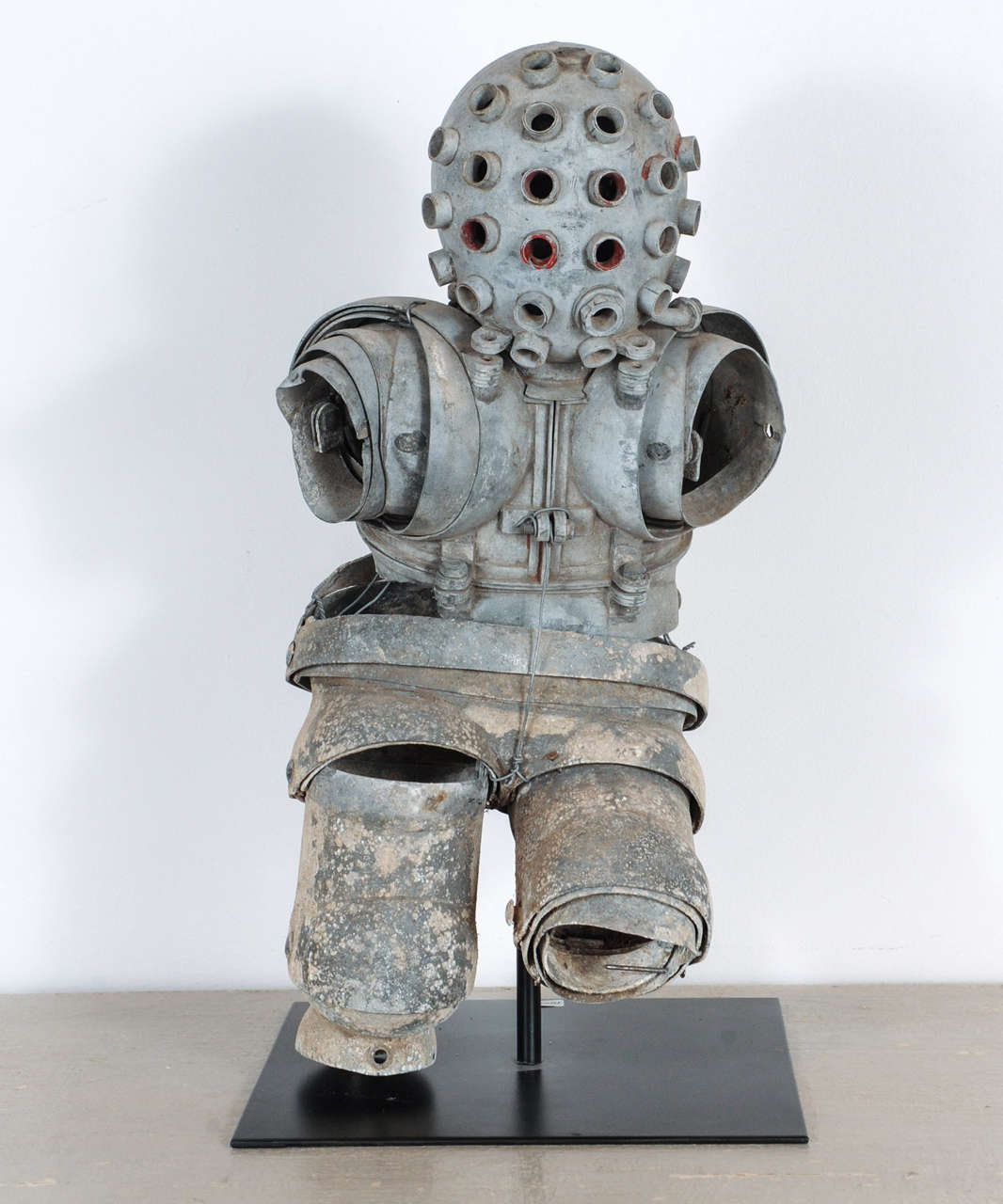
Step 4: Shoulder pads and thighs:
I am going to pose it as soon as its arms and legs are done. Too bad there is not so much room for posing) It can not rotate or take any expressive posture, it is one axis movement basically. But I'll try to make up something out of it)